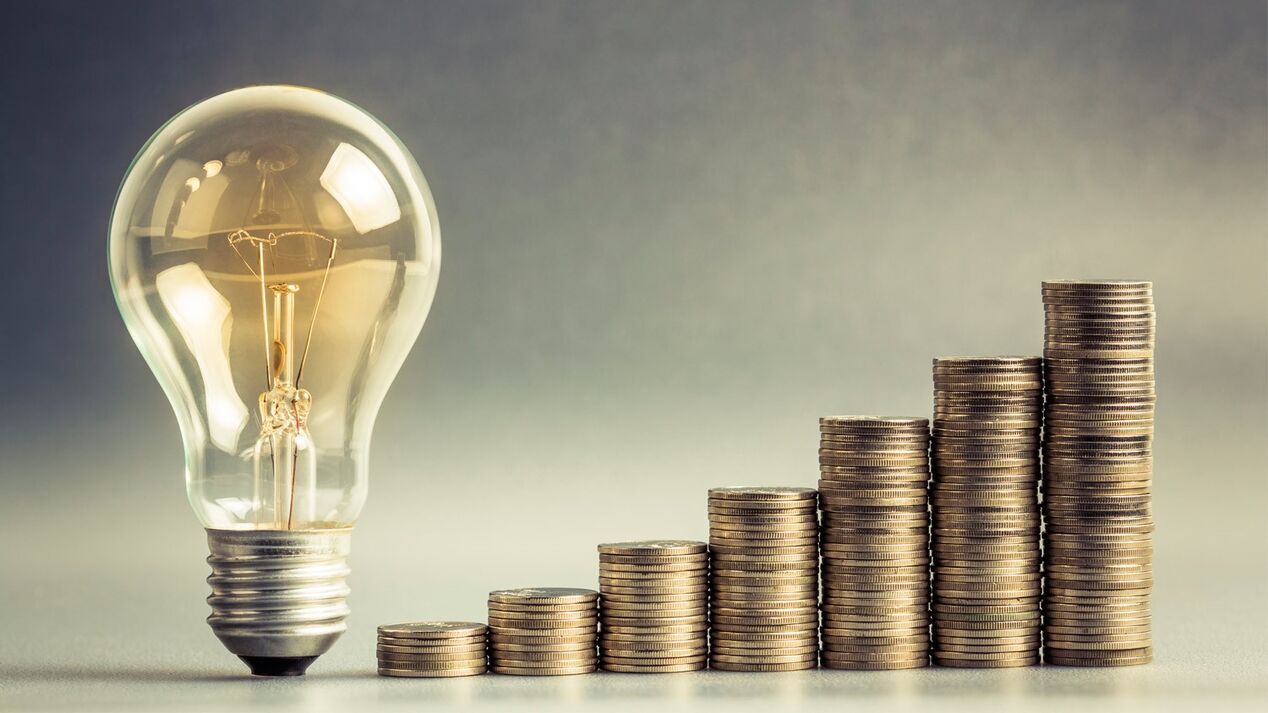Electricity is a resource used in all areas of civilization. The price of kilowatt-hours is constantly increasing and the need to reduce consumption becomes more acute. Energy saving implies a rational consumption of electricity, includes a whole range of solutions: scientific, organizational, legal, economic and technical.

Saving electricity is not only a financial issue, but also a major environmental challenge. The world's energy reserves are gradually depleted, nature suffers in the production process - the environment is polluted by emissions of fuel combustion products. Therefore, energy saving is a measure that can minimize the negative impact on the environment and save money.
Where the kilowatts flow and how to reduce consumption
Hardly anyone thinks about the fact that the charger left in the network continues to work in idle mode. It is available for all power supplies, pulse and transformer. The consumption depends on the power of the device. The amount of electricity wasted in a year can be staggering.
Also, modern household appliances are equipped with displays, indicators, for example, a clock in a microwave oven or a flashing LED in a stereo system. They also consume energy. The solution is to disconnect the memory, the electrical appliances of periodic use from the network.
The most "gluttonous" appliances
The 10 most energy-consuming appliances in every home:
- Refrigerator. It consumes about 40-60 kW per month. To reduce these numbers, you need to open the doors less often.
- Washing machine. Consumption 40-50 kW, the exact figure depends on the frequency of washing, the modes used.
- Computer. 35-40 kilowatts. Most users only turn it off at night.
- Electric kettle. It consumes a record amount of energy in 1 hour, 28-30 kW come out in a month.
- Hair dryer. 25 kW in daily use.
- Dishwasher. 22-25 kW, depending on the power of the device, the number of hours of operation.
- Microwave. It consumes 16-20 kW per month, if used 3 times a day, plus 2-3 hours a week to defrost food.
- TV. 13 kW during working hours - up to 5 hours a day. Standby mode instead of powering off increases this figure.
- Vacuum cleaner and coffee maker. They spend the same amount of electricity - 10-12 kW, if the number of active hours does not exceed 2 per week.
- Iron. With moderate use - 7-8 kW.
In order not to get angry every time you receive an electricity bill, the appliances should initially be chosen based on the needs. Buying a high-power professional vacuum cleaner for a small apartment is not practical, like a 10kg washing machine for a family of two.
Each device has an energy saving class, you should take the time to study the features before buying.
Does standby help save equipment?
Manufacturers claim that the electricity consumption of appliances in hibernation mode is minimized. This statement is partly true: consumption is significantly reduced. However, there are specific figures that cast doubt on the real savings.
It has been empirically verified that a TV with a diagonal of 50 cm spends 9 kW per month in sleep mode, a stereo system - 7-8 kW, a video player - 4-5 kW. If we add to this list a computer, a microwave oven with a screen always on, chargers left in the sockets and other appliances, the total consumption reaches 370-420 kW per year.
This shows that for real savings it is worth disconnecting the equipment from the network.
How to save electricity? A good accountant is an effective way
Equipment for accounting for electricity consumption is installed in all apartments, houses and industrial facilities. In addition to its direct purpose - fixing indicators, this device helps to save significantly.
Modern electronic meters support a multi-tariff feature, where you can schedule energy-intensive tasks by the hour when the cost per kilowatt is reduced. The utility companies have introduced tariff distribution in order to reduce the load on the network during peak hours, attracting subscribers to use electricity during the less crowded hours.
There are the following periods, which differ in unit cost:
- T1 - daytime: from 7 a. m. to 11 p. m. Pricing is standard.
- T2 - night phase: from 23: 00 to 07: 00 The lowest price per kilowatt.
- T3 - peak period: in the morning - until 10, in the afternoon - from 20 to 23 hours. Increase in unit cost.
At night, the price of electricity is reduced by up to 70%. Many users put household appliances, for example washing machines and dishwashers, into a "delayed start" mode. The devices start working automatically at the specified time and consume a resource that is paid for at a reduced rate.
To reduce energy consumption, it is not necessary to sacrifice comfort, just buy an electronic multi-tariff meter, with which saving will be simple and effective.
























